The inner circular structure houses the mictrotron that provides the first stage of acceleration, which is now operational, and the booster synchrotron. The outer circular structure will house the new main 2.5 GeV storage ring.
News

Kooperation international Newsletter " SESAME: Regional Cooperation in the Middle East ".
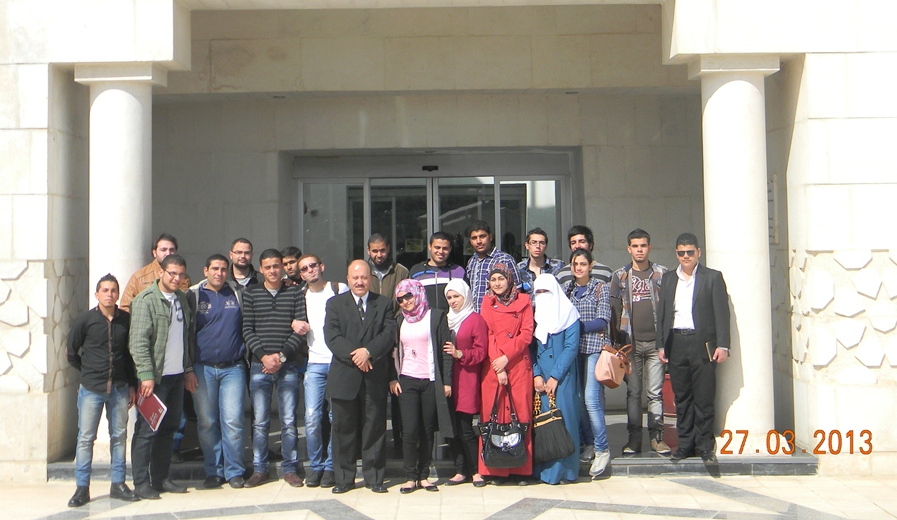
SESAME in partnership with LinkSCEEM Project held an Open Day; this activity took place on 27th of April 2013 at SESAME site, machine and lab visit were organized in collaboration with SESAME technical and scientific team, the last session was an introductory presentation about LinkSCEEM - 2 Project and SESAME.
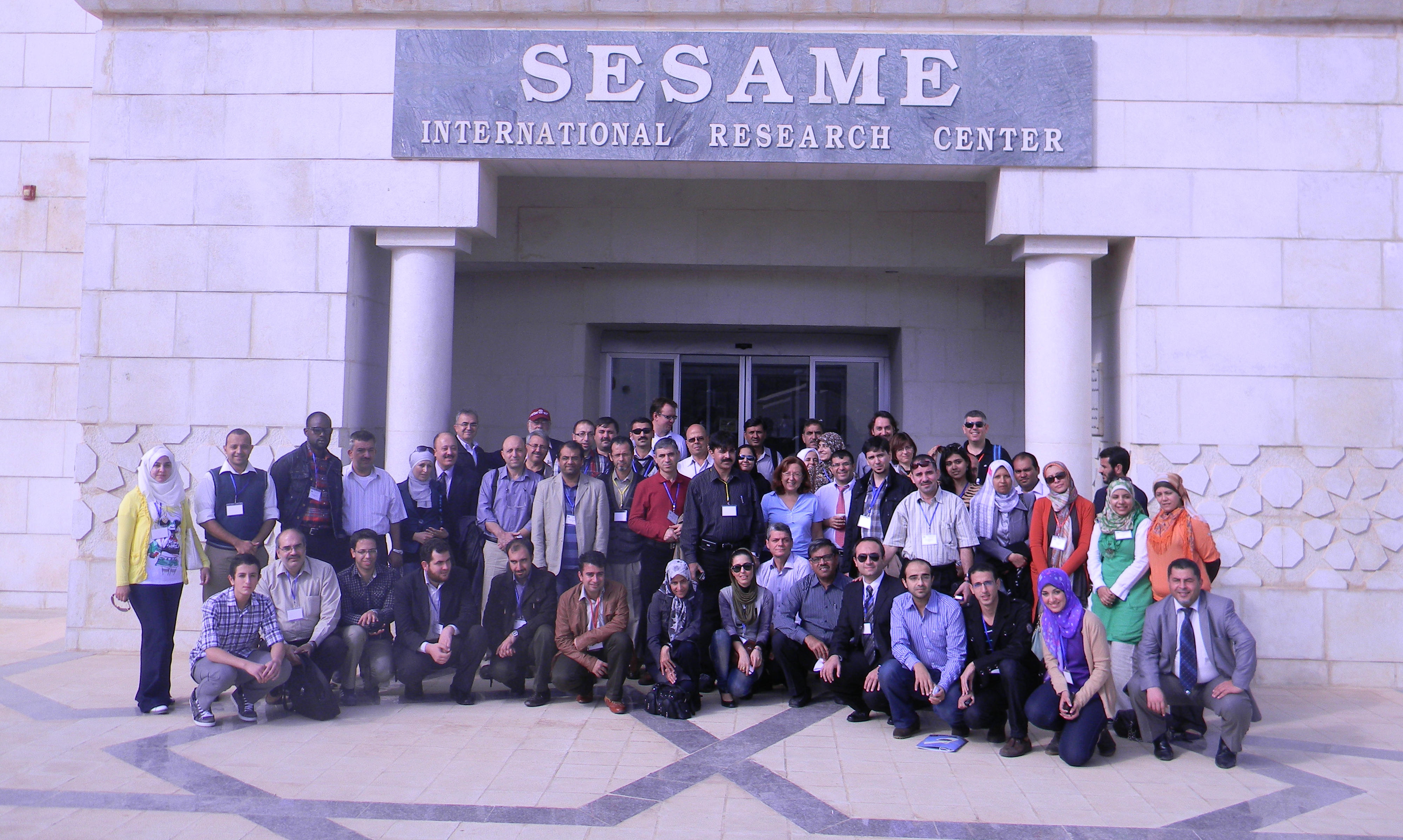
The 10th SESAME Users’ meeting was held in Amman from 7th to 9th of November 2012.
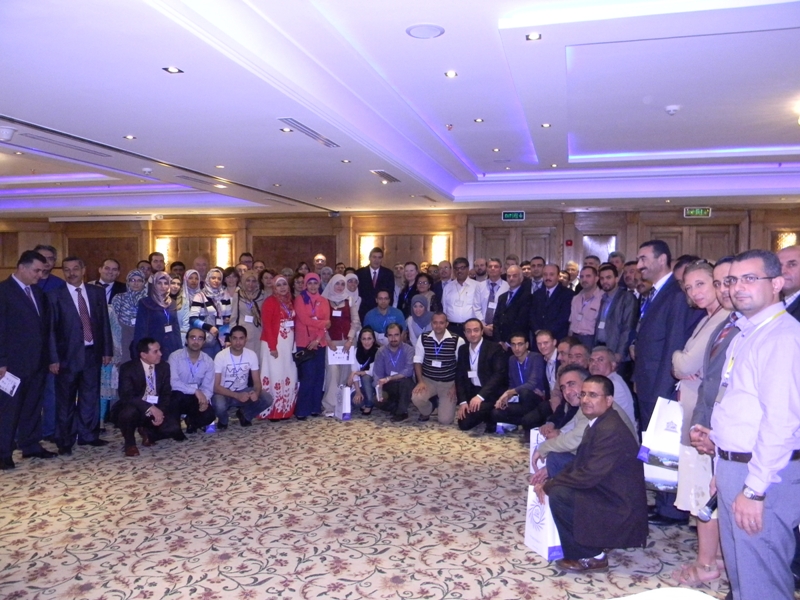
To cover the networking of user for the third year of LinkSCEEM-2 project, an HPC dedicated users' meeting has been organized jointly with the 10th SESAME Users' meeting. The event was held in Amman 7 - 9 November 2012.
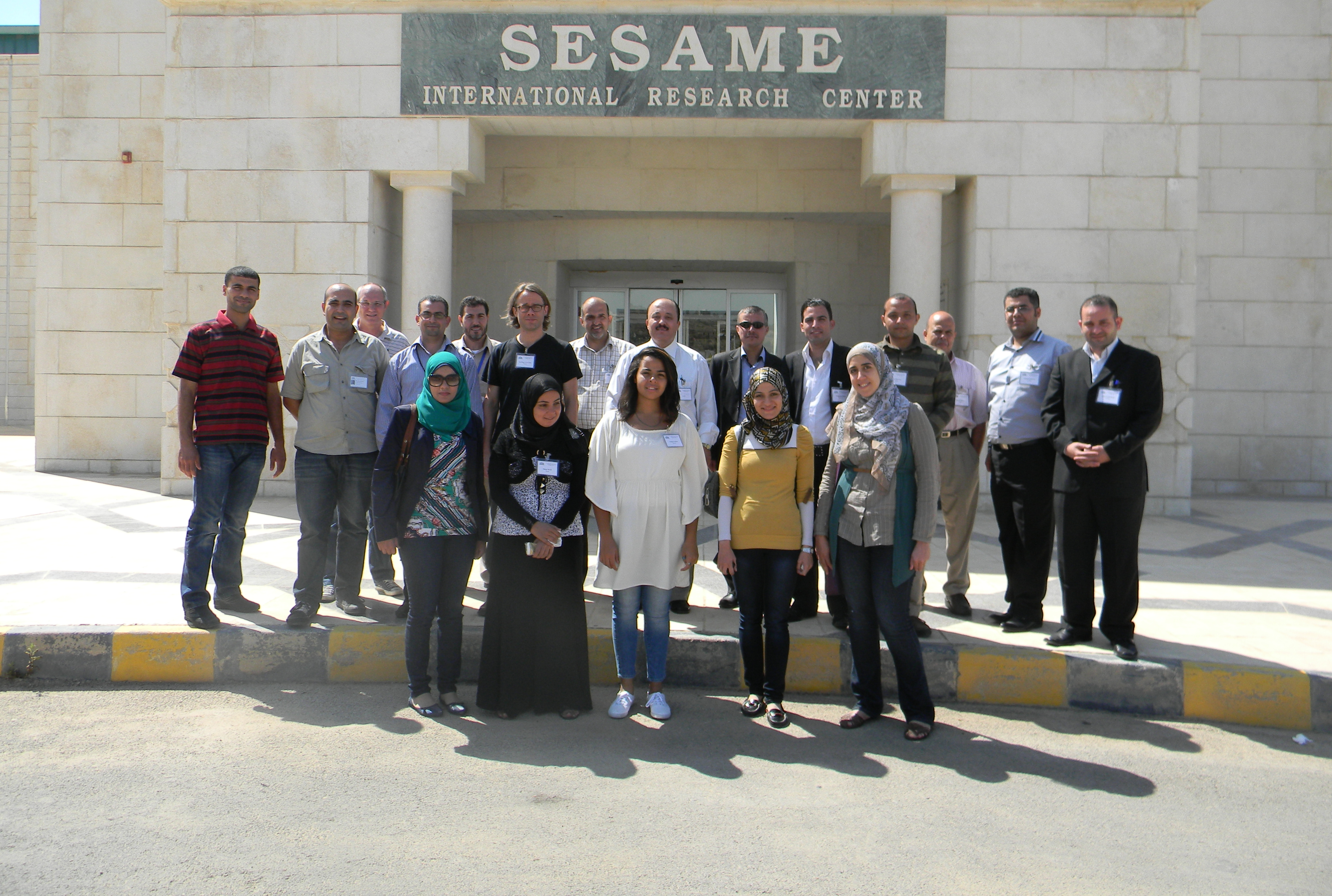
The 2nd SESAME-LinkSCEEM Summer School took place at SESAME site during the period form 11 - 13 September, 2012.
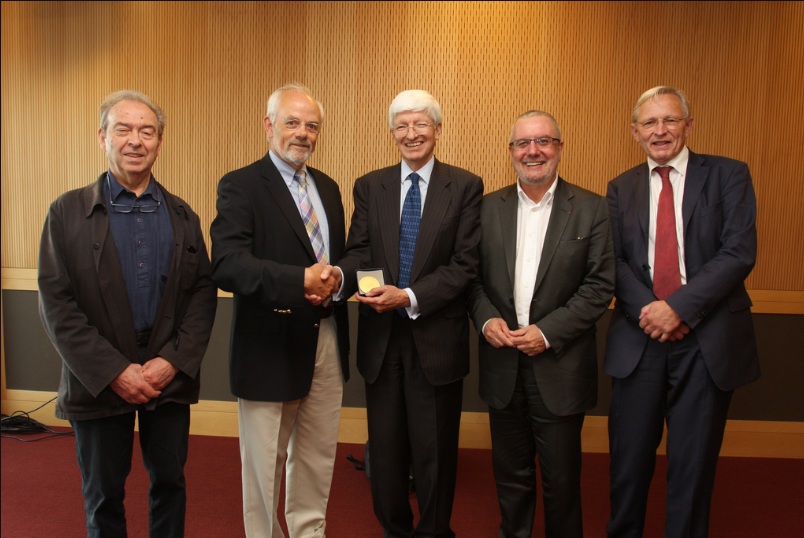
Chris Llewellyn Smith, President of the SESAME Council, receiving the 2011 Rammal Award on behalf of SESAME from Lauritz Holm-Nielsen, President of Euroscience.
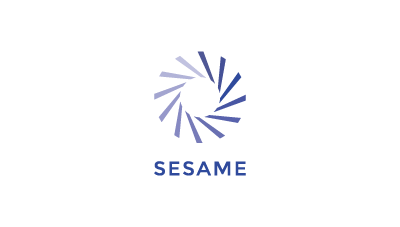
On 21 May 2012, Irina Bokova, Director-General of UNESCO, visited SESAME. This was her first visit since she took on her present position in 2009. She was welcomed by the President of the SESAME Council, Chris Llewellyn Smith, and the Director of SESAME, Khaled Toukan.

The months of November and December have been particularly busy at SESAME. On Monday 28 November 2011 at 01:13, the microtron beam was successfully extracted from its final orbit (orbit 42) to be the full energy beam with 22.5 MeV, according to the specifications of the SESAME classical microtron. This eagerly awaited beam was obtained in the second session of full energy commissioning of the microtron.


